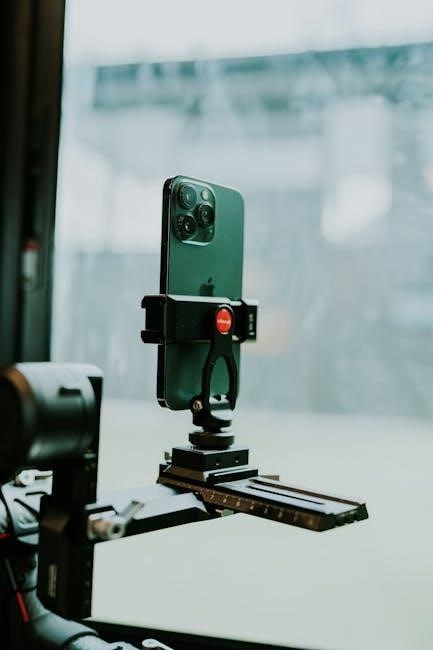The StatLock Catheter Stabilization Device is a mechanical system designed to secure catheters, preventing movement and related complications. It offers a cost-effective, safe alternative to sutures and adhesive tapes, minimizing catheter-related infections and patient discomfort. Suitable for various catheters, including central venous and Foley catheters, the device promotes stability and patient mobility, reducing healthcare costs associated with catheter management. It is a single-use device intended for secure, long-term catheter placement.
1.1 Overview of the StatLock Device
The StatLock Catheter Stabilization Device is a single-use, mechanical system designed to secure catheters, minimizing movement and reducing complications. It provides a safe, cost-effective alternative to sutures and adhesive tapes, offering stability for various catheter types, including central venous and Foley catheters. The device is engineered to minimize catheter-related infections and patient discomfort, ensuring secure placement and patient mobility.
1.2 Importance of Catheter Stabilization
Catheter stabilization is crucial to prevent movement-related complications, such as infections, dislodgment, and patient discomfort. Proper stabilization ensures the catheter remains in the correct position, reducing the risk of catheter-related bloodstream infections and improving patient outcomes. It also minimizes the need for repeated procedures, lowering healthcare costs and enhancing overall patient care quality.
Key Features and Benefits of the StatLock Device
The StatLock Device reduces catheter-related complications and associated costs. Its design minimizes catheter movement, preventing infections and ensuring secure placement. Cost-effective and easy to use, it is a safe alternative to sutures, providing optimal catheter stabilization and patient comfort.
2.1 Design and Functionality
The StatLock Device features a retainer clamp and an adhesive anchor pad, designed to securely hold catheters in place. Its directional arrow ensures proper alignment with the catheter tip, while the balloon inflation arm placement prevents misalignment. The compact design allows for easy application and adjustment, minimizing catheter manipulation and enhancing patient comfort during use.
2.2 Advantages Over Traditional Suture Stabilization
The StatLock Device eliminates the need for sutures, reducing the risk of needlestick injuries and patient discomfort. It minimizes catheter movement, lowering infection risks and complications. The device is easier to apply and adjust compared to sutures, saving time and reducing the need for frequent interventions.
2.3 Cost-Effectiveness and Reduction of Complications
The StatLock Device reduces healthcare costs by minimizing catheter-related complications, such as infections and dislodgments. Its design extends catheter life, reducing replacement frequency and associated expenses. By preventing complications, it decreases the need for additional treatments, antibiotics, and extended hospital stays, offering a cost-effective solution for catheter stabilization and patient care.
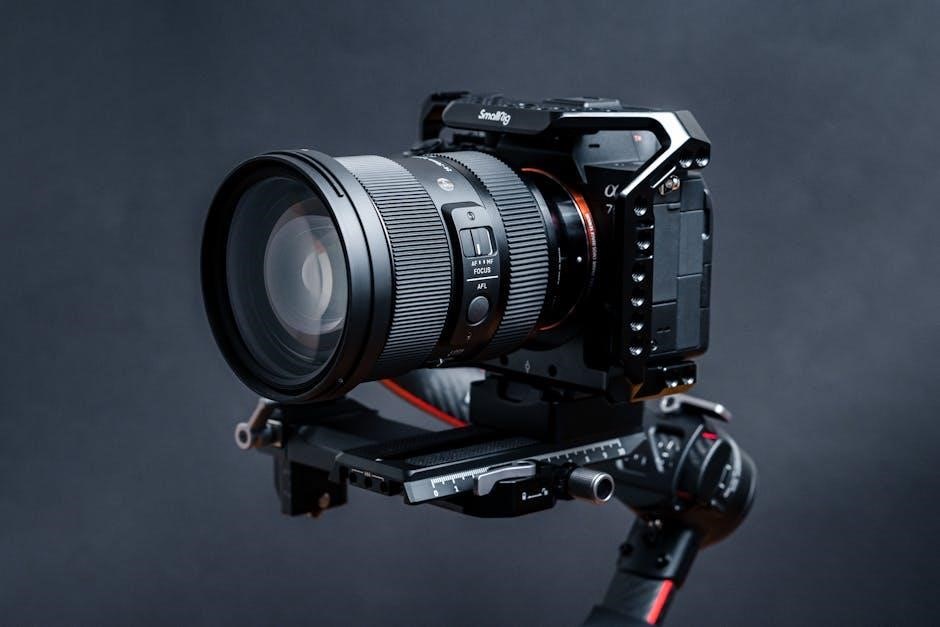
Preparing for StatLock Device Application
Preparing for StatLock application involves gathering supplies, preparing the patient, and ensuring hand hygiene for a sterile and safe environment.
3.1 Gathering Necessary Supplies
To apply the StatLock device, gather essential supplies, including the StatLock stabilization device, alcohol prep pads, gloves, and a sterile drape. Ensure the catheter and surrounding area are clean. The StatLock device comes pre-packaged with an anchor pad and retainer clamp, simplifying preparation. Follow the manufacturer’s instructions for any additional items.
3;2 Patient Preparation and Positioning
Position the patient to ensure easy access to the catheter insertion site. Clean and dry the skin thoroughly. Allow the skin to dry completely before applying the StatLock device to ensure proper adhesion. Ensure the patient is comfortable and informed about the procedure to minimize anxiety and promote cooperation during the application process.
3.4 Hand Hygiene and Gloving
Perform hand hygiene with soap and water or alcohol-based hand sanitizer before handling the StatLock device or catheter. Don gloves to maintain sterility and minimize infection risks. Ensure proper glove fit to avoid compromising dexterity during the application process. Gloves should be worn according to facility protocols to ensure patient safety and procedural integrity.
Step-by-Step Application Instructions
Open the retainer clamp, place the catheter inside, and align the directional arrow with the catheter tip. Secure the anchor pad on the skin, ensuring proper fit and catheter stability. Verify the device is tightly closed and the catheter is correctly positioned for optimal functionality and patient comfort.
4.1 Opening the Retainer Clamp
To open the StatLock retainer clamp, locate the tab and press it firmly while lifting the lid. Ensure the directional arrow faces the catheter tip for correct alignment. Be cautious not to pinch the catheter during this step. Properly opening the clamp is essential for secure and accurate catheter placement.
4.2 Placing the Catheter into the Retainer
Gently insert the catheter into the StatLock retainer, ensuring the directional arrow aligns with the catheter tip. Position the balloon inflation arm next to the clamp hinge. Secure the catheter firmly but carefully to avoid damage. Proper alignment ensures stability and prevents catheter movement, which is critical for effective stabilization and patient safety.
4.3 Aligning the Directional Arrow and Balloon Inflation Arm
Align the directional arrow on the StatLock retainer with the catheter tip. Position the balloon inflation arm alongside the clamp hinge to ensure proper stabilization. This prevents catheter misplacement and ensures the device functions correctly. Avoid pressing the center arrow during closure to maintain secure alignment.
4.4 Securing the Anchor Pad on the Skin
Peel the backing from the anchor pad and press it firmly on the skin, ensuring a secure fit. The directional arrow should point toward the catheter tip. Avoid air bubbles or wrinkles. Gently press the pad to ensure strong adhesion, providing stability and minimizing catheter movement. Check the fit to confirm proper placement.
4.5 Final Adjustments and Verification
Ensure the catheter is properly aligned and the directional arrow points toward the tip. Verify the balloon inflation arm is next to the clamp hinge. Check for about one inch of catheter slack between the insertion site and the retainer. Inspect the anchor pad for secure adhesion and proper placement on the skin.
Contraindications and Warnings
The StatLock device is contraindicated in patients with known allergies to adhesives or tapes and those sensitive to benzoin. It is for single-use only.
5.1 Patient Allergies and Sensitivities
The StatLock device is contraindicated in patients with known allergies to adhesives, tapes, or benzoin. Ensure patients are assessed for sensitivities before application. If a reaction occurs, remove the device immediately and consider alternative stabilization methods. Always review patient history to avoid adverse reactions and ensure safe device use.
5.2 Device-Specific Warnings and Precautions
The StatLock device is for single-use only and must not be reused. Avoid pressing the center arrow when closing the retainer clamp to prevent damage. Ensure proper handling to avoid catheter misalignment or kinking. Follow instructions carefully to prevent complications. Regularly inspect the device and site for signs of wear or adhesive failure.
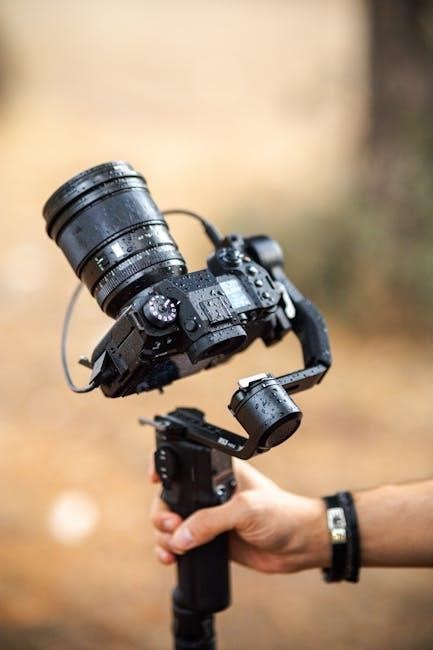
Maintenance and Inspection of the StatLock Device
Regularly inspect the StatLock device and catheter site for proper alignment, secure adhesion, and signs of wear. Clean the site with an antimicrobial solution as needed to prevent infections. Ensure the catheter remains stable and adjust if necessary to maintain proper positioning and prevent complications.
6.1 Regular Monitoring of the Catheter and Device
Regularly inspect the StatLock device and catheter for proper alignment, stability, and signs of wear or damage. Ensure the catheter remains securely positioned within the retainer clamp and the anchor pad adheres well to the skin. Monitor for any movement or loosening of the device, which could compromise catheter stability and patient safety.
6.2 Cleaning and Care of the Stabilization Site
Clean the stabilization site with antiseptic solution, such as chlorhexidine, to prevent infection. Avoid harsh chemicals that may damage the device or skin. Gently clean around the anchor pad and catheter hub, ensuring no moisture remains. Allow the site to air dry before reapplying dressings or securing devices, following manufacturer guidelines.
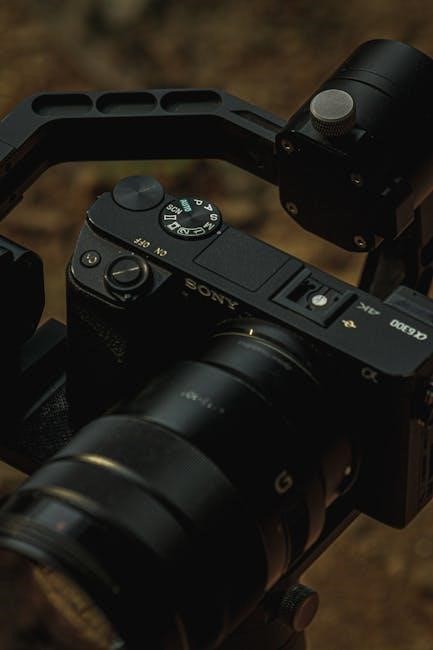
Removal of the StatLock Device
Gather alcohol prep pads, perform hand hygiene, and open the retainer clip by pressing the ends together. Dissolve the adhesive with alcohol, then gently remove the device.
7.1 Preparing for Device Removal
Gather alcohol prep pads, supplies, and ensure hand hygiene. Don gloves if preferred. Inform the patient of the removal process. Prepare to dissolve the adhesive and carefully open the retainer clip, following proper infection control and patient safety protocols.
7.2 Opening the Retainer Clip
To open the StatLock retainer clip, locate the tab and press it firmly while gently lifting the lid. Ensure the catheter is secure and handle with care to avoid movement. Use alcohol prep pads to prepare the area, maintaining sterility and patient safety throughout the process.
7.3 Dissolving Adhesive and Removing the Device
Apply an alcohol prep pad to the adhesive anchor pad to dissolve the bond. Gently lift the pad from the skin while maintaining a firm grip on the device. Continue until the adhesive is fully dissolved and the device is removed. Clean the site with antiseptic solution to ensure proper wound care and prevent infection.
Troubleshooting Common Issues
Address common issues like catheter misalignment or adhesive failure by repositioning the device or cleaning the skin. Consult instructions for detailed solutions to ensure proper function.
8.1 Difficulty Securing the Catheter
Difference in securing the catheter may occur due to improper alignment or insufficient slack. Ensure the directional arrow points toward the catheter tip and the balloon inflation arm is correctly positioned. If issues persist, reposition the catheter and device, ensuring proper fit and adherence to the skin. Consult instructions for detailed guidance.
8.2 Adhesive Pad Not Sticking Properly
If the adhesive pad fails to stick, ensure the skin is clean, dry, and free of oils or lotions. Avoid touching the adhesive surface, as oils from skin can reduce stickiness. If issues persist, re-prepare the skin with alcohol, allow it to dry, and reapply. Check for patient allergies to adhesives or benzoin, as sensitivities may cause poor adhesion. Follow manufacturer guidelines for proper application and consider alternative stabilization methods if the problem recurs.
8.3 Catheter Misalignment or Movement
If the catheter becomes misaligned or moves, check the directional arrow alignment with the catheter tip and ensure the balloon inflation arm is correctly positioned next to the clamp hinge. Verify the catheter is securely placed in the retainer and the anchor pad is properly adhered. Minimize catheter manipulation to prevent movement and ensure proper stabilization. Regularly inspect the device and catheter placement to avoid complications.
Tips for Healthcare Providers
Minimize catheter manipulation to maintain proper positioning. Ensure correct alignment of the directional arrow and balloon inflation arm. Regularly inspect the device and catheter for stability and integrity.
9.1 Minimizing Catheter Manipulation
Minimizing catheter manipulation is crucial to prevent dislodgment and reduce infection risks. Secure the catheter properly with the StatLock device, ensuring the directional arrow points toward the tip. Avoid unnecessary handling or adjusting once placed. Use sterile techniques during insertion and maintenance to maintain catheter integrity and patient safety.
9.2 Ensuring Proper Fit and Positioning
Proper fit and positioning are essential for effective catheter stabilization. Align the directional arrow on the StatLock device with the catheter tip and ensure the balloon inflation arm is next to the clamp hinge. Avoid pressing the center arrow when closing the retainer. Ensure the catheter has one inch of slack and is secure without being overly tight. Regularly check the fit and positioning to maintain stability and prevent complications.
9.3 Patient Education and Comfort
Education and comfort are crucial for patient satisfaction. Inform patients about the purpose and benefits of the StatLock device, such as reduced catheter movement and discomfort. Demonstrate the application process to alleviate anxiety and address any concerns. Ensure proper positioning to avoid pressure points. Provide post-application care instructions for comfort and safety.
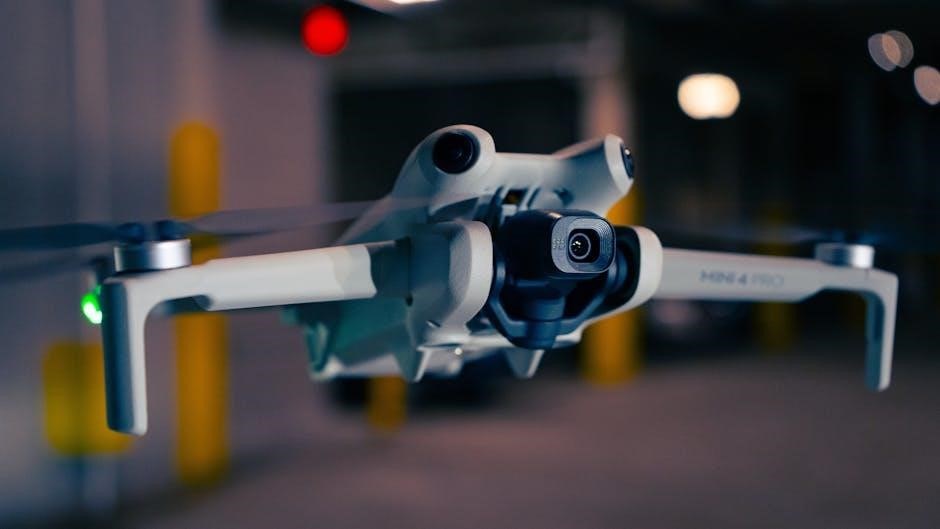
Cost Implications and Benefits
The StatLock device reduces healthcare costs by minimizing catheter-related complications and extending catheter life, resulting in significant hospital savings and improved patient outcomes.
10.1 Reduction in Catheter-Related Complications
The StatLock device minimizes catheter-related complications, such as infections, dislodgments, and thrombosis, by securely stabilizing catheters. This reduction in complications lowers the need for additional medical interventions, antibiotics, and prolonged hospital stays, ultimately decreasing healthcare costs and improving patient outcomes.
10.2 Extended Catheter Life and Hospital Cost Savings
The StatLock device extends catheter life by minimizing movement and reducing mechanical complications. Fewer catheter replacements and infections lead to significant hospital cost savings. Reduced need for antibiotics, shorter hospital stays, and lower intervention rates contribute to overall financial benefits for healthcare facilities.
Clinical Evidence and Studies
StatLock devices reduce catheter-related complications and infections, supported by comparative studies showing improved patient outcomes and safety compared to traditional methods.
11.1 Comparative Studies with Other Stabilization Methods
Studies comparing StatLock to traditional suture or adhesive methods demonstrate reduced catheter-related complications, infections, and patient discomfort. StatLock minimizes catheter movement, enhances stability, and lowers healthcare costs, offering superior patient outcomes and safety compared to conventional stabilization techniques.
11.2 Outcomes in Reducing Infections and Complications
Clinical studies demonstrate that the StatLock device significantly reduces catheter-related infections and complications compared to traditional methods. By minimizing catheter movement and manipulation, it lowers the risk of microbial colonization and mechanical complications, promoting safer, more reliable catheter stabilization and improved patient outcomes in various clinical settings.

Manufacturer Instructions and Updates
Always follow the manufacturer’s instructions and updates for the StatLock device to ensure proper use and safety. Check the product insert for specific guidelines and precautions.
12.1 Importance of Following Provided Guidelines
Adhering to the manufacturer’s guidelines ensures proper StatLock device application, minimizing risks of complications and optimizing catheter stabilization. Proper technique prevents device failure, maintains patient safety, and upholds therapeutic efficacy, aligning with clinical best practices for catheter care and management.
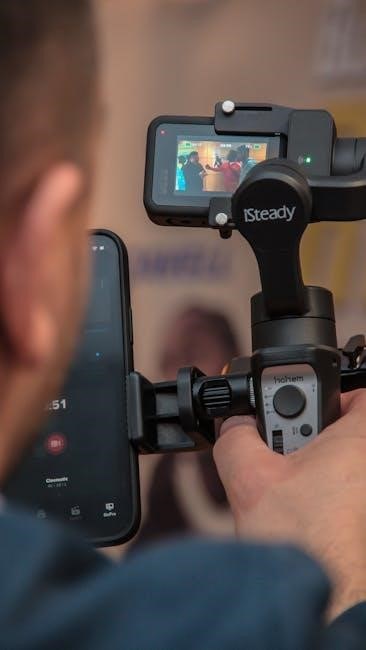
12.2 Checking for Updated Instructions and Recalls
Regularly reviewing the manufacturer’s website for updated guidelines and recalls ensures compliance with safety standards. This practice helps healthcare providers stay informed about device improvements, potential safety alerts, and revised protocols, ensuring optimal patient care and minimizing risks associated with outdated or recalled products.
The StatLock Catheter Stabilization Device offers a reliable, cost-effective solution for securing catheters, enhancing patient safety and comfort while reducing complications. Its ease of use and clinical benefits make it a valuable tool in healthcare settings.
13.1 Summary of Key Points
The StatLock device provides secure catheter stabilization, minimizing movement-related complications and enhancing patient comfort. It is cost-effective, reducing healthcare costs by preventing infections and extending catheter life. Designed for ease of use, it offers a reliable alternative to sutures, ensuring proper catheter placement and stability while maintaining patient mobility and safety.
13.2 Final Recommendations for Use
Adhere to manufacturer instructions for optimal use of the StatLock device. Ensure proper application and alignment to minimize catheter manipulation and prevent complications. Regularly inspect the device and catheter site for signs of wear or infection. Follow recommended removal techniques to avoid patient discomfort. Always prioritize patient-specific needs and facility protocols.
